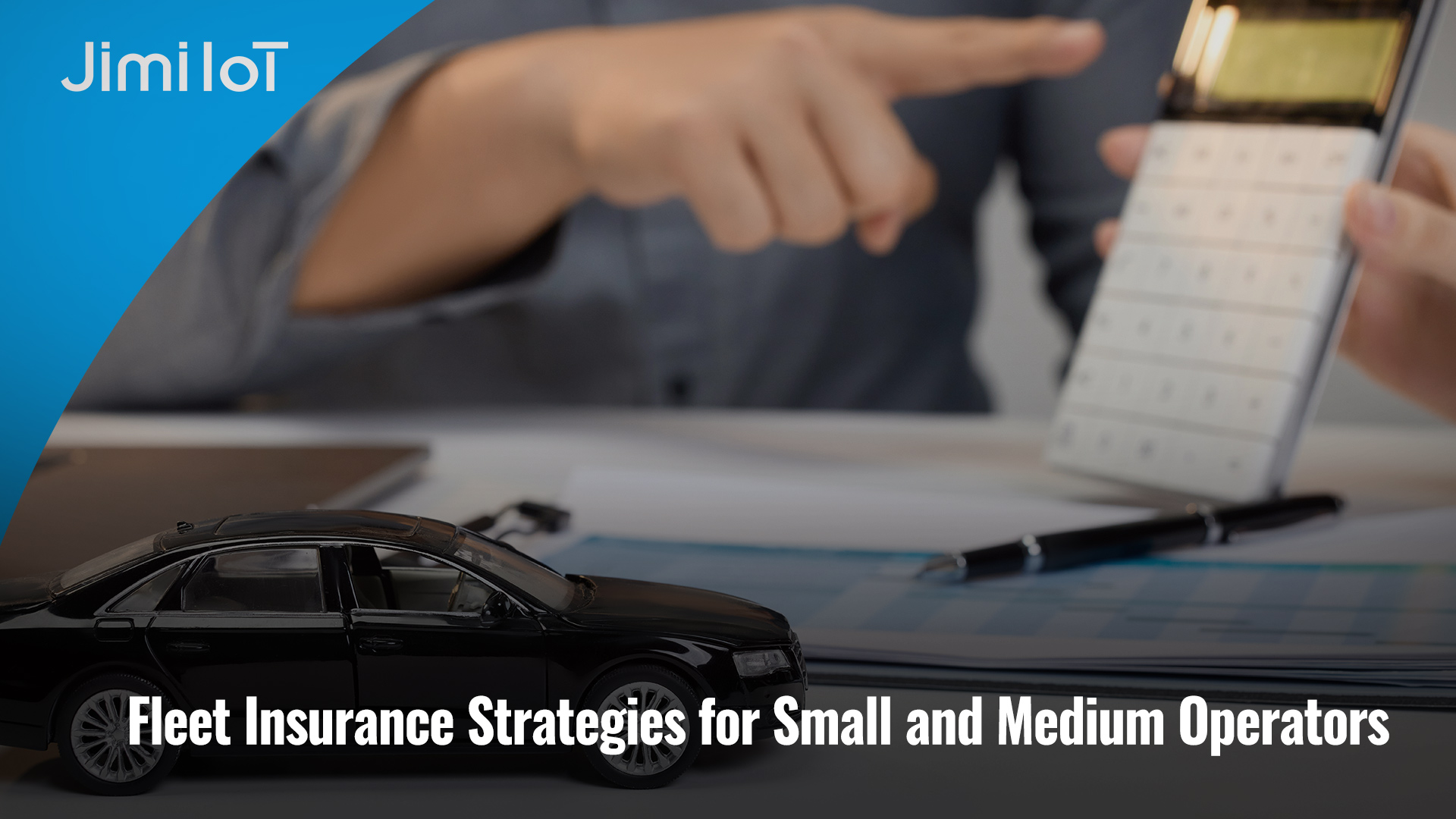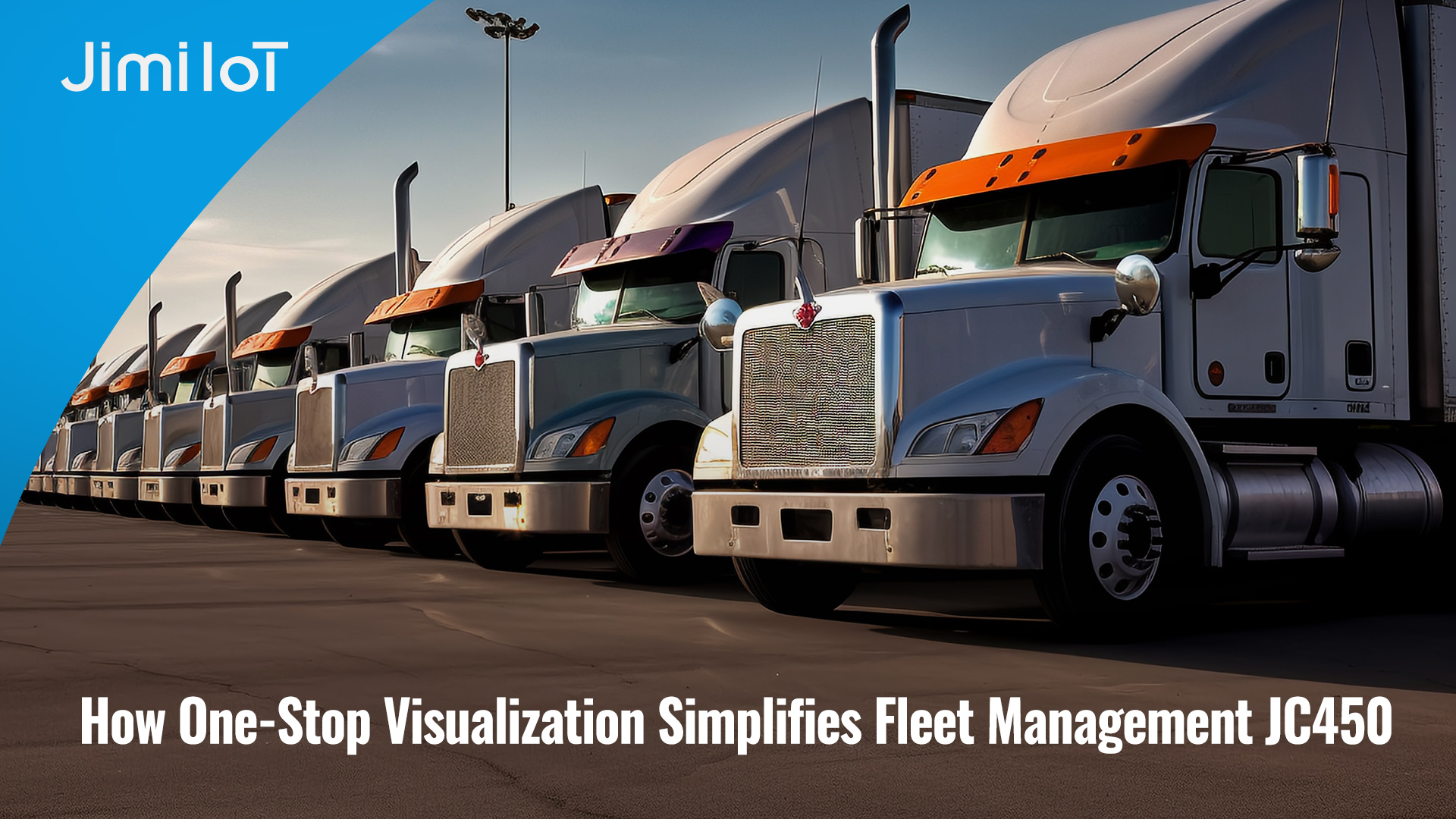Introduction

In the increasingly complex landscape of transportation and logistics, fleet insurance strategies have become a critical concern for small-to-medium-sized operators. From tightening regulatory frameworks to rising fuel costs and escalating customer demands, the margin for maneuver is shrinking. Among the most formidable challenges reshaping the fleet management ecosystem is the persistent surge in insurance premiums.
While insurance remains a fundamental safeguard for protecting vehicles, drivers, and the general public, the rising cost of coverage has become a substantial burden. This article explores the underlying drivers of this upward trend, the specific impact on smaller fleets, and viable strategies for mitigating insurance-related expenses without compromising safety or operational integrity.
Understanding the Escalation: Core Drivers Behind Premium Hikes
Over the past decade, commercial auto insurance premiums have witnessed a steep climb. Data from the American Transportation Research Institute (ATRI) indicates that between 2013 and 2022, insurance costs for commercial fleets rose from 6.4 to 8.8 cents per mile—a nearly 40% increase. For smaller fleets, the financial strain has been disproportionately severe. This pattern reflects not only inflationary pressures but also systemic shifts within the legal, technological, and regulatory landscapes.
- The Proliferation of Nuclear Verdicts One of the most significant contributors to rising premiums is the escalation of nuclear verdicts—jury awards exceeding $10 million in liability claims. These verdicts, often stemming from catastrophic accidents involving commercial vehicles, have a ripple effect on underwriting risk assessments and liability modeling. As insurers adjust for these high-severity claims, premiums across the board increase, even for fleets with clean safety records.
- Inflation in Medical and Repair Costs The cost of vehicle repair and medical treatment has surged in parallel with broader economic inflation. Technologically advanced vehicles are equipped with complex components and proprietary systems, making repairs more expensive. Simultaneously, the cost of healthcare associated with accident-related injuries continues to rise, contributing to higher claim values.
- Underwriting Losses and Market Recalibration Many insurers have experienced persistent underwriting losses in the commercial auto sector. These losses have prompted a market recalibration: stricter underwriting criteria, selective client onboarding, and widespread rate increases. This retrenchment has made insurance not only costlier but also more difficult to obtain for many small and medium-sized operators.
Disproportionate Impact on Small-to-Medium-Sized Fleets
Insurance costs represent one of the most significant areas of disparity between small and large fleet operators. According to ATRI, small-to-medium-sized fleets paid nearly twice as much per mile in insurance premiums as large fleets in 2020. Compared to very large fleets, the differential was even greater—over threefold.
This imbalance stems from several structural disadvantages:
- Risk Pooling Limitations: Larger fleets can spread risk over a broader base of assets and drivers, diluting the impact of individual claims.
- Leverage in Negotiations: High-volume operators possess greater bargaining power with insurers and benefit from economies of scale.
- Resource Constraints: Smaller fleets often lack dedicated risk management personnel or access to sophisticated safety programs, reducing their appeal to underwriters.
Operational and Financial Implications
The financial pressure exerted by rising insurance costs extends well beyond accounting line items. For small-to-medium-sized operators, inflated premiums can inhibit investment in safety technologies, fleet expansion, or employee training. The result is a self-reinforcing cycle: constrained resources limit improvements in safety and efficiency, which in turn elevates perceived risk and drives premiums even higher.
Moreover, elevated insurance costs complicate competitive positioning. In an industry characterized by razor-thin margins and fierce price competition, the inability to absorb or offset premium increases can erode profitability and threaten business viability.
Strategic Pathways to Mitigate Insurance Costs
Despite these headwinds, a suite of strategic interventions can help small-to-medium-sized fleets navigate the insurance landscape more effectively. Key among these are the adoption of risk-reducing technologies and the implementation of data-driven safety programs.
- Telematics and Real-Time Monitoring Telematics systems enable continuous vehicle monitoring, capturing data on speed, acceleration, braking, and route compliance. This data provides an empirical foundation for evaluating driver behavior and vehicle usage patterns. By identifying high-risk activities, fleet managers can initiate targeted interventions, thereby improving safety outcomes and risk profiles.
- Dashcam Integration and Incident Exoneration Dashboard cameras serve both a preventative and protective function. In addition to deterring risky behavior, dashcams provide objective evidence in the event of a collision. Studies have shown that over 20% of commercial drivers were exonerated from blame in accident claims due to dashcam footage. This evidentiary advantage not only shields fleets from liability but also supports lower loss ratios—an important factor in underwriting decisions.
- AI-Driven Driver Scoring and Training Programs Advanced AI algorithms can synthesize telematics and video data to produce individualized driver scores, offering insights into behavior patterns, fatigue levels, and adherence to best practices. These scores facilitate the development of performance benchmarks and tailored training modules, which can significantly enhance fleet safety and reduce claim frequency.
- Structured Risk Management Frameworks Establishing a formal risk management strategy—complete with documented policies, incident response protocols, and continuous training—demonstrates a proactive commitment to safety. Insurers often reward such rigor with preferential rates or policy flexibility.
Leveraging Technology for Long-Term Sustainability
While premium reduction may not be immediately achievable for every operator, consistent investment in safety-enhancing technologies fosters long-term insurance affordability. Moreover, the benefits of these tools extend beyond cost savings: improved driver satisfaction, reduced vehicle downtime, and enhanced operational visibility all contribute to a more resilient and efficient fleet.
Insurers increasingly recognize these advantages. Some offer usage-based insurance (UBI) models, where premiums are adjusted dynamically based on real-time telematics data. Such models reward fleets for safe driving behavior and create a direct incentive for continuous improvement.
Conclusion
Navigating the volatility of insurance premiums requires more than reactive cost-cutting—it demands a strategic, technology-driven approach to risk mitigation. For small-to-medium-sized fleets, the adoption of tools like telematics, AI-powered dashcams, and formal risk management protocols can shift the narrative from vulnerability to empowerment.
By embracing these innovations, fleet operators not only position themselves for insurance savings but also build a stronger foundation for sustainable growth. In a market where every cent matters, investing in safety and data intelligence is not just a defensive measure—it’s a competitive advantage.
Jimi IoT’s Role in Advancing Risk Management
In response to the rising challenges facing small and medium-sized fleet operators, Jimi IoT has consistently developed and refined solutions that align with industry needs. Through the integration of advanced telematics systems, AI dashcams, and AI-enabled analytics, Jimi IoT empowers fleets with the tools necessary to proactively manage risk, enhance driver behavior, and provide verifiable data to insurers. By focusing on long-term performance and practical innovation, Jimi IoT remains committed to supporting fleet operators in navigating insurance challenges—without compromising on safety or efficiency.
Why JimiIoT
JimiIoT is a global leader in innovative IoT solutions. We provide cutting-edge hardware and software tailored to enhance efficiency and connectivity. Our range of products includes advanced GPS tracking devices, asset management solutions, smart vehicle dashcams, and telematics platforms. With a focus on technological excellence and customer satisfaction, we empower businesses to optimize operations and gain valuable insights from data-driven analytics. Trust JimiIoT to drive positive change and unlock growth opportunities in the digital age.
If you would like more details, please visit Facebook, LinkedIn, INS, and Twitter pages for further information.
 EN
EN ES
ES PT
PT TH
TH VN
VN JP
JP



